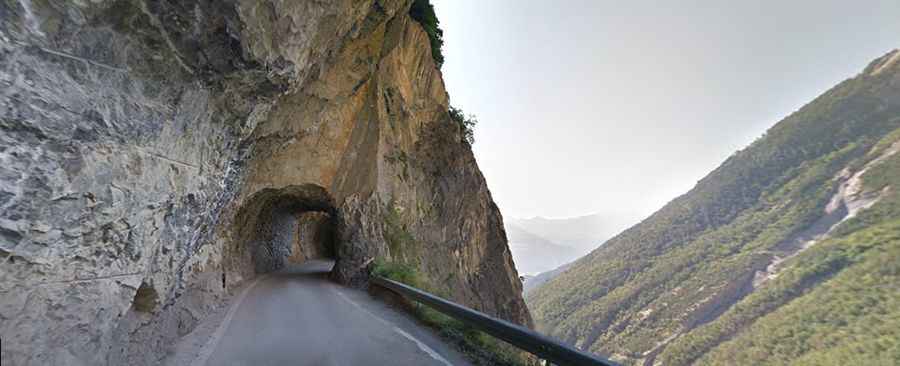Lac de Derborence: The Ultimate Road Trip Guide
Lac de Derborence is a high mountain lake at an elevation of 1,465m (4,806ft) above sea level, located in the canton of Valais in Switzerland. The road to the lake is narrow, with a long stretch of continuous handcrafted tunnels and windows, with hair-raising 300m drop-offs.

When was Lac de Derborence formed?
Two massive landslides in the 18th century (on 24 September 1714 and 23 June 1749) led to the formation of the lake when an estimated 50 million m³ of rocks blocked the course of the Derbonne river. The area is popular for its ecological diversity and is home to some rare aquatic flora and fauna. The lake, Switzerland's youngest natural lake, inspired the Vaudois author Charles Ferdinand Ramuz to write a novel of the same name.
Can you drive to Lac de Derborence?
Tucked away in the Lizerne valley, the road to the lake is entirely paved but quite narrow, running along the Lizerne gorges. Known as Route de Derborence, the road is 18.2km (11.30 miles) long, starting from Conthey (in the district of Conthey) and ending at a parking lot near the lake. The road gets very busy, so it's advisable to avoid weekends.
Is the road to Lac de Derborence challenging?
The jaw-dropping road is very narrow and challenging, closed to vehicles higher than 3.4m. The astonishing cliff road winds its way into the valley, passing through defiant unlit tunnels with windows carved into the rock. There are two tunnel stretches; one of them is very long. However, frequent openings with views of the cliffs ensure it is never too dark. This is a truly stunning road, worth every hairpin corner and the hair-raising 300m drop-offs along the spectacular road. With very few laybys and the road being quite narrow and single file in some places, exercise caution if you want to take photos.
Is the road to Lac de Derborence steep?
The road is very steep, hitting a maximum gradient of 15% through some of the ramps. Starting at Conthey, the elevation gain is 1,133 meters. The average gradient is 6.22%. To drive the road without stopping will take most people between 30 and 45 minutes.
Is the road to Lac de Derborence open?
Located on the south side of the Bernese Alps, the narrow twisting road is usually impassable from May to October or November.